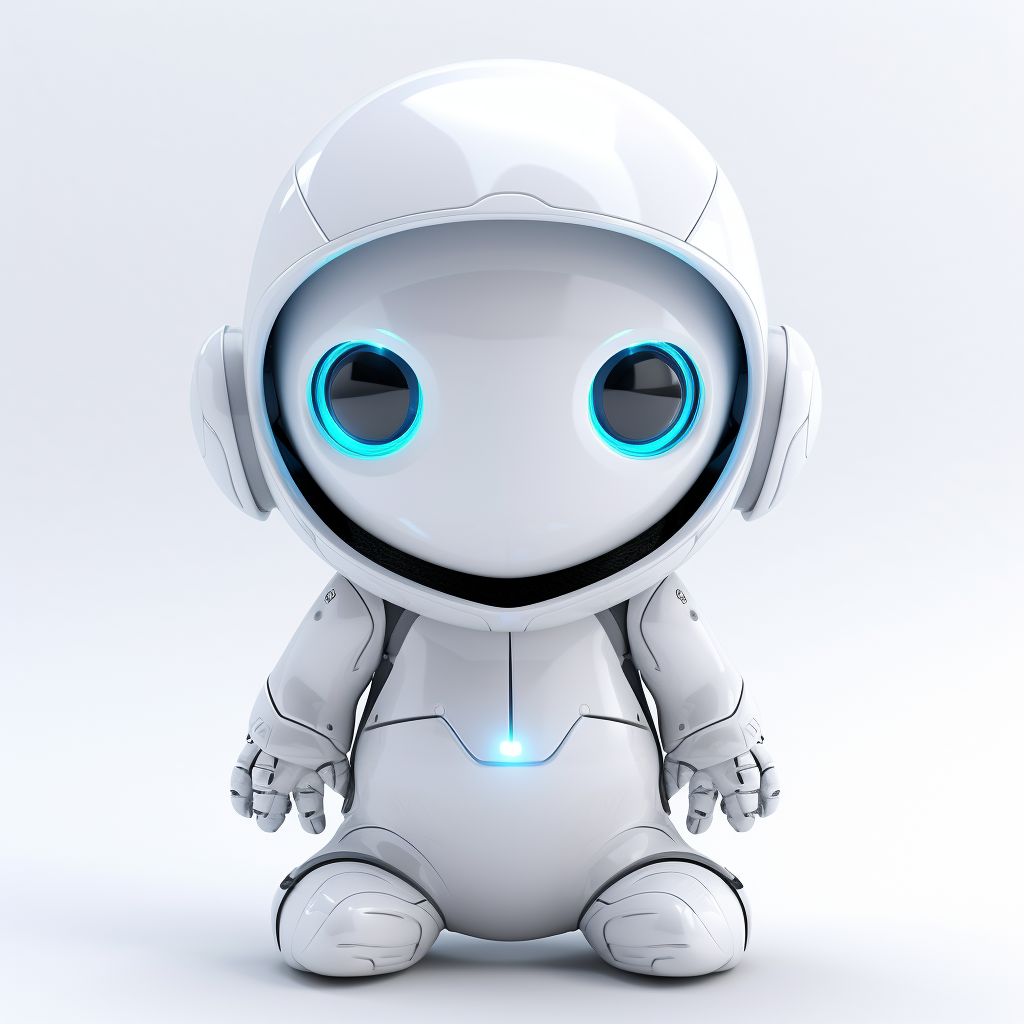Researchers from MIT have developed a guardian system that improves the safety and performance of autonomous aircraft. The system uses visual attention to monitor both the pilot and itself during flight, and intervenes if attention discrepancies exceed predefined thresholds. In simulated scenarios, the collision rate dropped from 46% without the guardian system to just 23% with it. Real-world experiments with a quadrotor drone also demonstrated improved flight safety. This innovative approach holds great promise for the aviation industry and beyond.

Introducing the Air-Guardian: Enhancing Safety and Performance of Autonomous Aircraft
In a world where autonomous systems are becoming increasingly prevalent, ensuring their safety and performance is paramount. Autonomous aircraft, in particular, have the potential to revolutionize various industries, from transportation to surveillance and beyond. However, their safe operation remains a significant concern.
Researchers from MIT have introduced a novel approach that leverages visual attention to improve the performance and safety of autonomous aircraft. This approach involves the development of a guardian system that collaborates with human pilots, enhancing their control and overall flight safety.
Addressing the Challenge of Autonomous Flight Safety
Autonomous aircraft rely on advanced algorithms and sensors to navigate and make decisions. While these systems offer numerous benefits, they pose unique challenges, especially in complex and dynamic environments.
The research team proposes a guardian system that actively monitors the attention patterns of both the pilot and itself. This system is based on a neural network architecture that includes convolutional layers, dense layers, and a specialized CfC (Causality from Correlation) network for sequential decision-making.
Understanding Visual Attention
The guardian system uses visual attention maps to understand where the pilot and guardian are focusing their attention during flight. These maps are generated using the VisualBackProp algorithm for neural networks. For the guardian, its attention map represents its understanding of the environment and critical elements within it. Eye-tracking technology measures the pilot’s actual visual attention.
Enhancing Safety through Intervention
The guardian system intervenes when discrepancies in attention profiles between the pilot and the guardian exceed predefined thresholds. This intervention is crucial when pilots may be distracted, fatigued, or overwhelmed by information. By taking control in such situations, the guardian system ensures safe flight operations.
Proven Effectiveness in Simulated and Real-world Environments
The research team conducted experiments to evaluate the effectiveness of their approach. In simulated scenarios, the guardian system significantly reduced the collision rate compared to human pilots without the system. Real-world experiments involving a quadrotor drone also demonstrated the system’s ability to ensure safe flight and improve overall flight safety.
The Promise of Visual Attention in Autonomous Systems
By actively monitoring and understanding where the pilot and the guardian focus, the system can make informed decisions to enhance safety and performance. This collaborative approach represents a significant step in developing autonomous aircraft systems that can operate reliably and safely in various scenarios.
Conclusion: Transforming the Future of Autonomous Aircraft
The innovative approach of leveraging visual attention for autonomous aircraft control holds great promise for the aviation industry and beyond. The introduction of a guardian system that actively collaborates with human pilots based on attention patterns has significantly improved flight safety and performance. This approach can transform how autonomous aircraft are operated, reducing the risk of accidents and opening up new possibilities for their use in various applications.
Discover how AI can redefine your company’s way of work. Identify automation opportunities, define KPIs, select an AI solution, and implement gradually. For AI KPI management advice and continuous insights into leveraging AI, connect with us at hello@itinai.com or visit our website.
Spotlight on a Practical AI Solution: Consider the AI Sales Bot from itinai.com/aisalesbot. This tool is designed to automate customer engagement 24/7 and manage interactions across all customer journey stages. Explore how AI can redefine your sales processes and customer engagement at itinai.com.
List of Useful Links:
- AI Lab in Telegram @aiscrumbot – free consultation
- Meet the Air-Guardian: An Artificial Intelligence System Developed by MIT Researchers to Track Where a Human Pilot is Looking (Using Eye-Tracking Technology)
- MarkTechPost
- Twitter – @itinaicom


























